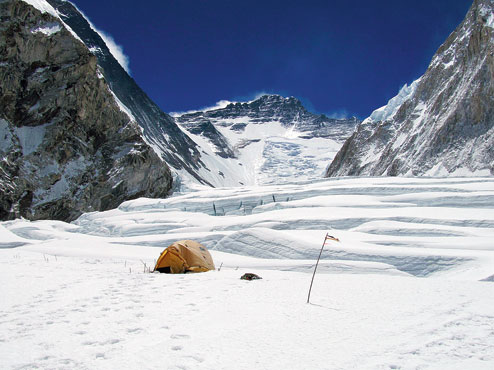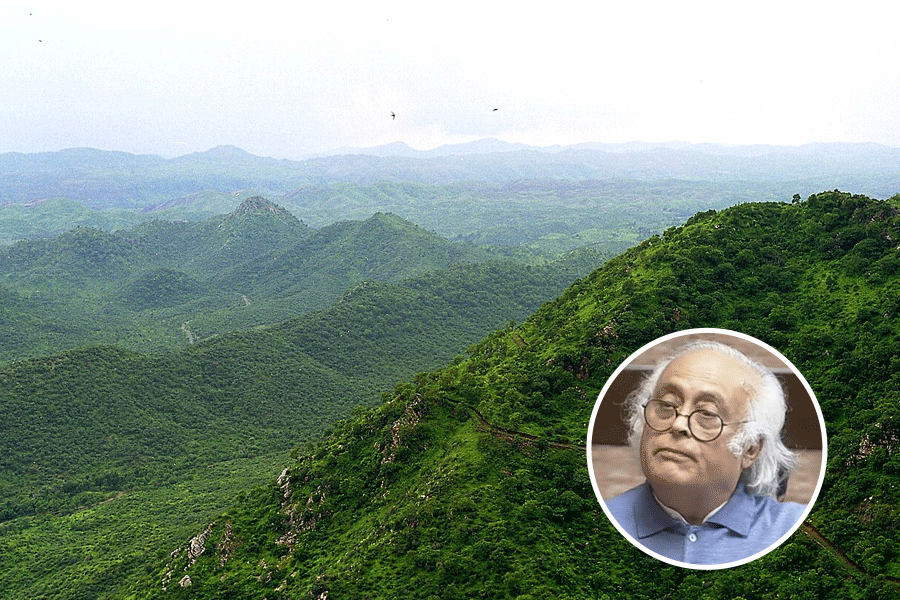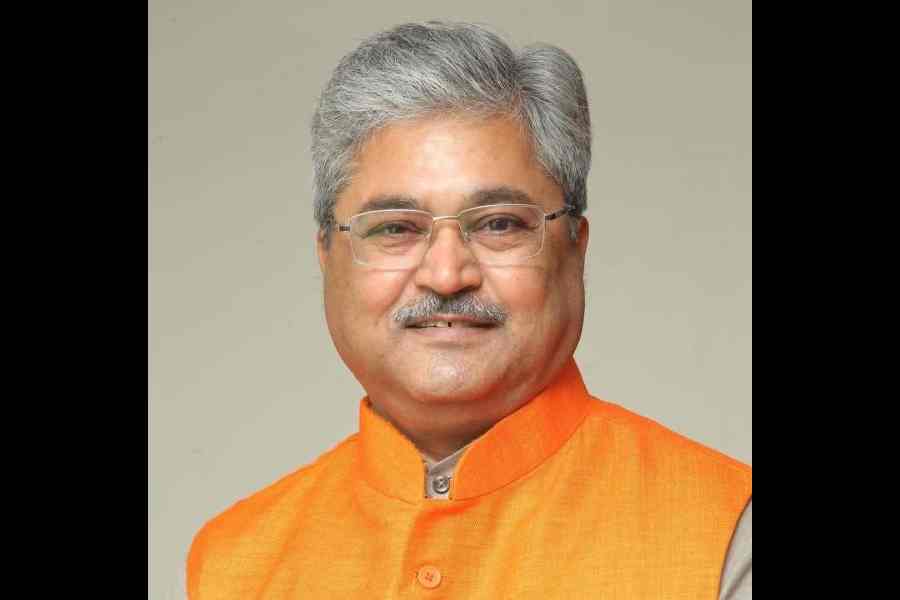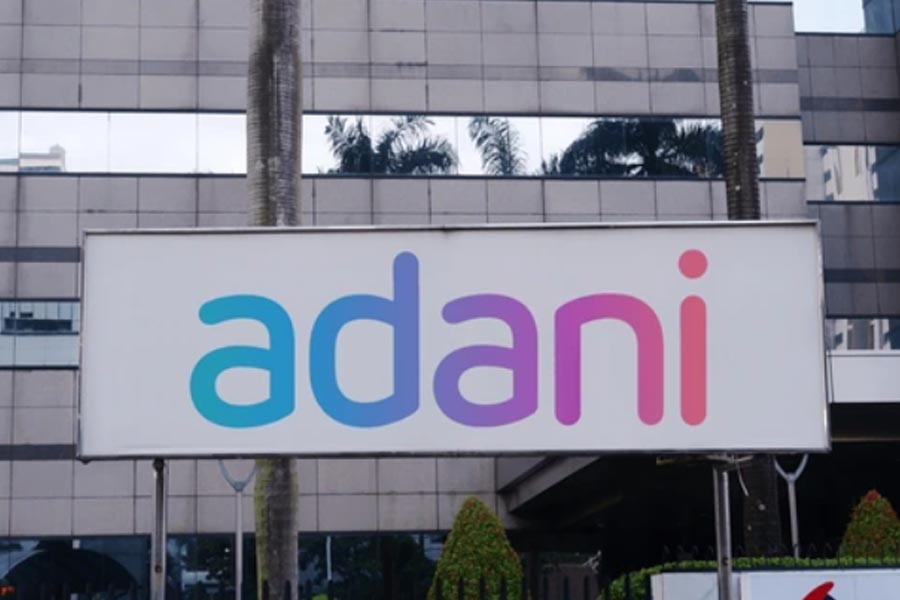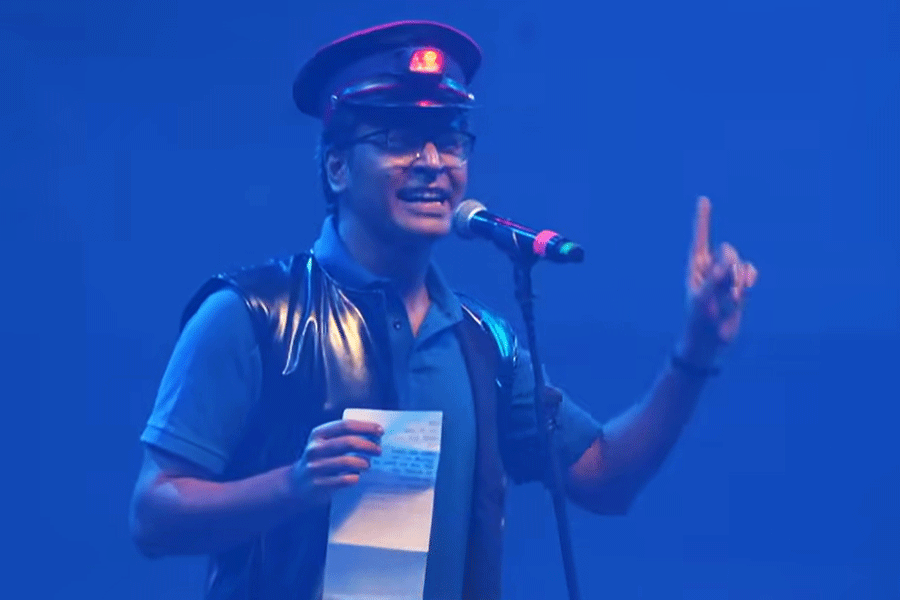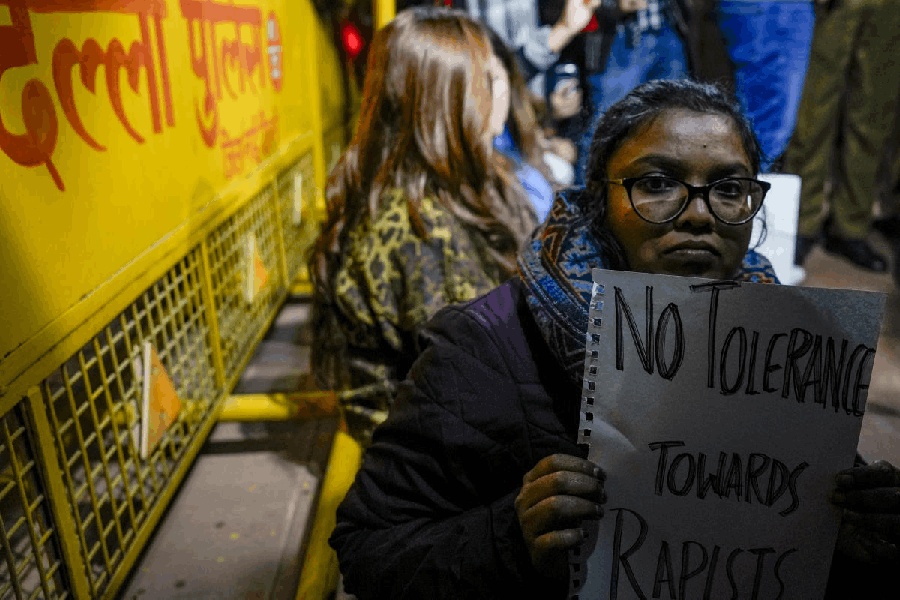
In a couple of days, an Ultadanga resident is setting off for Mt Lhotse, the fourth highest peak in the world. But the 45-year-old’s family is hardly aflutter. This would be Debasish Biswas’s eighth journey to the top of an eight thousander, as peaks higher than 8,000m are called in climbing parlance.
“I have already scaled five,” says the only Indian civilian to have done so. The Indian Mountaineering Foundation has announced a gold medal award to recognise his feat. “The honour board in their Delhi office now has Tenzing Norgay’s name on top and mine at the bottom. It is a humbling feeling,” says Biswas.

Lhotse, in Tibetan, means south. “It is actually a subsidiary peak to the south of Everest, or rather, Chomalungma, the actual Tibetan name,” explains Biswas. Having climbed Everest in 2011, he is familiar with the route. “Everest and Lhotse have the same base camp, camp 1, camp 2 and camp 3. After the yellow band at 6000m-plus, the road to Everest veers left.” The yellow band refers to a rock formation which encircles the base of the summit pyramid like a gold ring.
His teammates, who are attempting to scale Mt Everest, are already at the base camp. Biswas will join them on April 18.
But he is undertaking the Lhotse expedition solo, with his trusted sherpa Pemba. “I acclimatise faster than most people. By going later and taking a helicopter from Lukla to Pheriche, instead of trekking, I will save money and office leave,” smiles the income tax department employee, seated in his apartment in the department’s Telengabagan housing complex. “Even when the pilots, who ferry passengers regularly to rarified heights, need oxygen, I can cope without any,” he says, wondering if his low pulse rate of 42 has anything to do with it.
From Pheriche, he will need to reach Khumbu glacier where camps 1 and 2 are located. “The area is called popcorn zone as from above it looks like one. Only, the popcorns are of ice and are five-six storeys tall. It is also called the Valley of Silence as the area is encircled by the west shoulder of Everest, Everest itself, Lhotse, Nuptse and Nuptse ridge like a horse shoe. After the climbing through windy conditions, suddenly you can hear a pin drop.”
Khumbu icefall is an extremely treacherous zone. “This is where 16 sherpas had died in an avalanche in 2014.” The avalanche has forced a change in course. “At the start of the climbing season, the Nepal government usually sends about half a dozen ‘icefall doctors’ to open the route. These are expert sherpas who figure out less fragile routes and fix ropes along the way for us, climbers. This time, the government has sent a dozen.”

Last year’s earthquake deprived Biswas of a certain summit. “In April, I was headed for Mt Cho Oyu, the sixth highest peak, on the Tibet-Nepal border. The earthquake happened the day after I reached the advanced base camp. Though there was not much effect there, all expeditions were cancelled out of respect for the dead climbers.”
This impediment made Biswas determined to have something to show before the year ended. So he set off for Manas Lu, the eighth highest peak, in September. “The summit happened on October 1.”
Biswas, who has a habit of chronicling his experiences, has had all his travelogues published. He also makes video recordings of the climbs to accompany the written word. “I love to write at the end of the day in the mountains and I make sure that they (publishers) don’t change a word,” he smiles.
saltlake@abpmail.com

